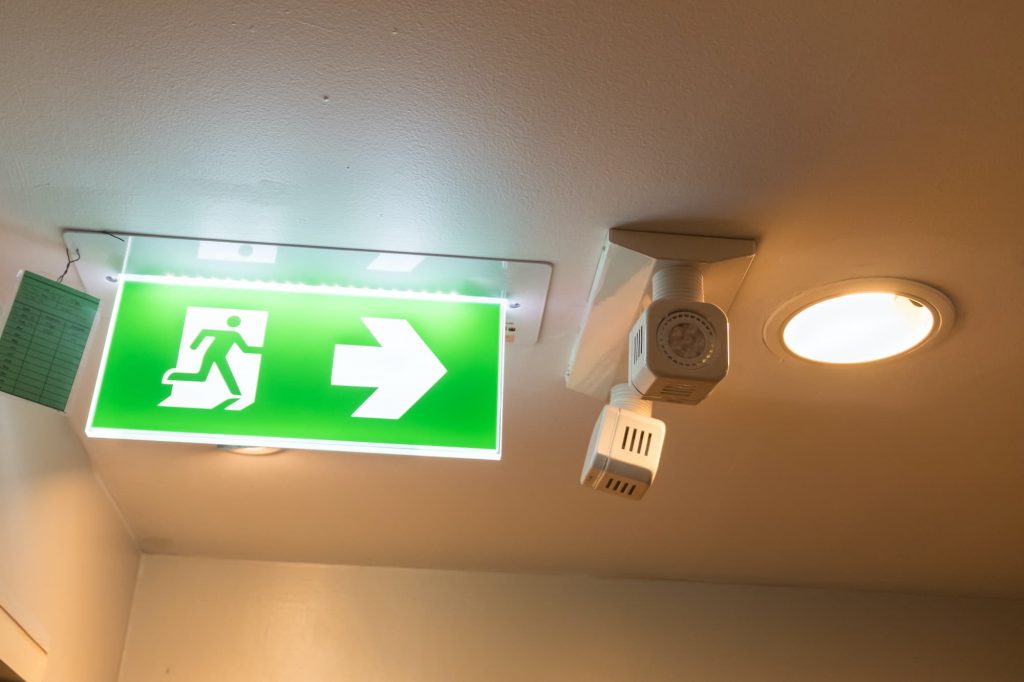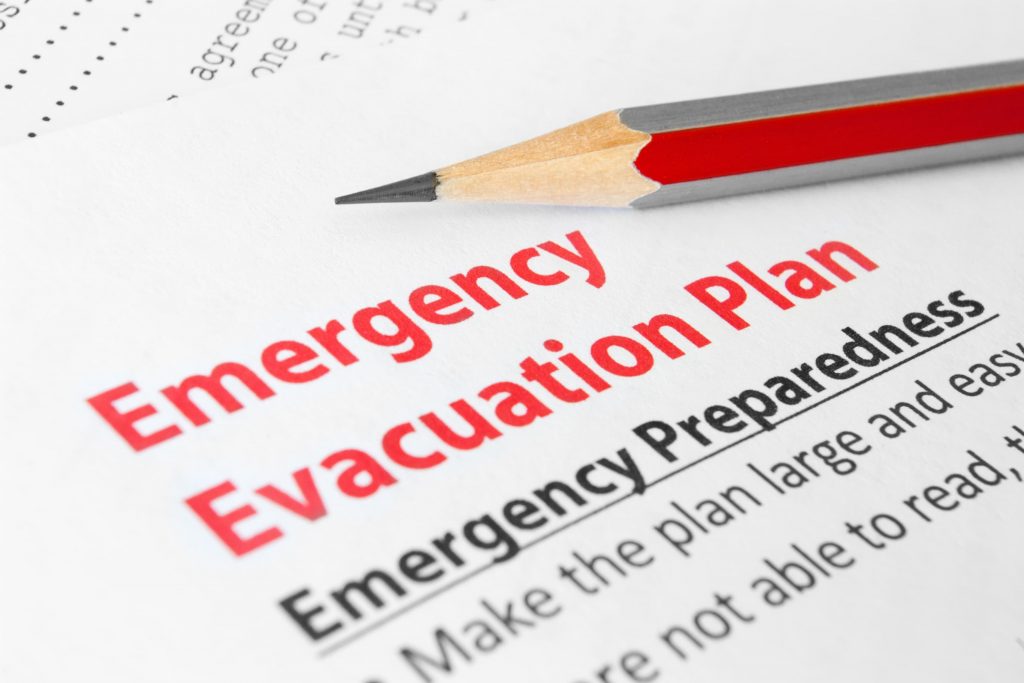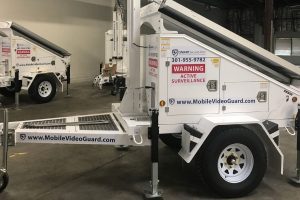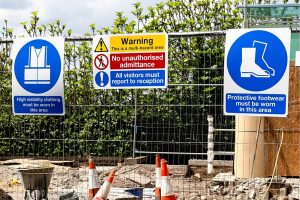Stop Accidents and Tragedy with 3 Workplace Safety Tips for Better Worksite Safety
Safety is probably not first on your mind all day at your job. You probably just think about doing your job, unless you’re in a safety and security related field like we are. But, of course, “safety” means something different depending on what line of work you’re in.
Foodservice and healthcare industries, for example, place extra focus on preventing the spread of disease and maintaining sanitary working conditions. A restaurant manager doesn’t need to spend so time thinking about the operation of heavy equipment or the dangers of outdoor worksites – but construction site managers do.
While on-the-job safety priorities change based on your industry, we’ve compiled a list of basic, but critical things to do to keep your workplace safe, regardless of what industry you’re in.
Prepare For the Worst with Disaster Preparedness and Response Plans and Corporate Safety Training
1. Don’t Neglect Corporate Emergency Planning
Know Your Fire Alarm and Escape Protocol
Imagine the fire alarm goes off in your office building – lights are flashing, alarms are piercing your eardrums, and everyone stops what they’re doing. But instead of going outside, everyone looks at each other and asks, “Is this a real alarm? Is this a test? Who’s in charge? Should we go outside?”
This situation has happened. Whether the business had an emergency response plan or not, the employees obviously didn’t know what procedures to follow! Don’t let it happen to you.

This can be avoided by drafting emergency protocol documents and ensuring that each employee is required to read them at least once. These documents should be kept in easy access, and fire exit plans should be posted in a visible place if you have an office workspace.
Know Your Disaster Preparedness Plan
A thorough emergency preparedness and response plan ensures that, regardless of the unexpected threat or emergency, there is a plan in place to protect your workforce’s safety. Employee safety training should always include an overview of this plan.
To develop your response plan, follow these three steps:
2. Consider the worst-case scenarios that you might face
Emergencies vary from natural disasters and weather situations to disease outbreaks. When you’re developing your emergency response training, consider common threats including:
- Earthquakes
- Floods
- Heat Exposure
- Deadly Viruses
- Chemical Incidents
- Bombs and Explosions
You should consider the types of threats you’re likely to face based on your region and occupation to prepare for the worst.
3. Determine the best course of action and assign tasks to responsible parties
Make a plan that is clear on who is responsible to take what course of action, and make sure that someone is in charge of the evacuation plan so no one gets left behind.
4. Spread the word and practice
Make sure everyone at work is aware of the plan, familiar with the layout of the work area, and prepared to follow through with the proper protocol if the occasion arises. Drills are a good idea. Making a safer workplace means making everyone aware.

OSHA, the expert on workplace safety and health, naturally has some valuable resources on this topic. If you need to know more, you can check out this pretty comprehensive How to Plan for Workplace Emergencies and Evacuations booklet.
Make Your Job Safer With Corporate Security Training
If you haven’t yet, you might consider investing in a safety training program for your employees depending on the needs of your workforce.
- Active Shooter Events: Make sure your employees know exactly what to do in the case of an active shooter by providing training from an experienced, licensed professional. You never want to have to deal with that kind of situation, but you can at least have the peace of mind that everyone knows how to respond.
- Trained security experts will come to your office or other location for on-site employee training covering topics from outside threats to general job-related security. You can find a workplace safety program for almost any emergency or threat you can think of.
- Banking Safety: Employees who work late or handle cash are at higher risk for workplace danger. Holding corporate safety training classes to equip your bankers to incorporate safety measures in their daily routines will add protection for them and for your business.
- Retail Loss Prevention: Equip your retail store personnel for safety and loss prevention on the sales floor.
- Employee Self-Defense: If you work in an area prone to crime and violence, or if you just want to give your employees the benefit of personal security, you can invest in corporate training for employee self-defense, personal safety skills, and even specialized women’s safety courses.
- Identity Theft Protection: In a world where everything is powered by the internet and our identities live online, it’s always a good idea to arm yourself and your employees to protect your identities. Learn how to prevent ID theft and what to do if your identity is stolen.
- CPR/AED Certification: General safety training is easy to come by because it’s critical that people know how to administer CPR and use an AED (Automated External Defibrillator) in the event someone loses consciousness and medical help has not arrived yet.
Employees Need Time Off for Better Workplace Health and Safety
Encouraging your employees to use their vacation time and sick time as appropriate can go a long way for improving safety on the job. Sleep deprivation increases workplace accidents by 70%, and studies show that a tired brain is essentially the same as or more dangerous than a drunk brain. Discourage after-hours work could help cut down on job injuries.
Lots of employees feel pressured to “be a good employee” and “show their loyalty,” which keeps them from taking time off when they really need it. By encouraging your workforce to look after themselves and prioritize their mental and physical health, you’re actually making it more likely that they’ll bring their best selves to the job every day – making it a safer, and more productive place to be. Win-win.




















